Graphical Abstracts vs. Infographics: Differences in Design and Purpose
 Dr. Clark Holdsworth, Senior Manager Communications & Partnerships
Dr. Clark Holdsworth, Senior Manager Communications & Partnerships
Let’s start this article off with the following disclaimer: There is a huge number of visual formats for communicating research and they all have utility; this includes both graphical abstracts AND infographics. The focus here is not on the competition between these two formats; rather, the focus is on the utility of each format and thus the design differences that must be employed in creating each of these effective communication tools.
What is an infographic?
An infographic is a graphic visual representation of information, data, and/or protocols that is designed to convey this information more clearly, simply, and concisely than the underlying source material.
For a more complete explanation, check out our standalone article on infographics here.
What is a graphical abstract?
A graphical abstract is single summary figure or image that conveys a general overview of a research article with no, or minimal, text.
What is the difference between an infographic and a graphical abstract?
The differences between these formats are subtle—and thus their purposes can overlap to a degree—but they have small advantages over one another. Indeed, many journals will accept infographic-type graphical abstracts. However, typically the key difference is that the graphical abstract contains little-to-no text. As such, it tends to better communicate the results, or primary findings of a study. Conversely, the infographic will contain more text, providing perhaps a greater narrative structure for a summary.
Approaching the infographic
An infographic allows for walking the view through a complete study. In this way, it is akin to a derivative of the conference poster, albeit with greater attention to brevity in the text and to the visual design. Keep in mind the following points:
• Infographics can be either portrait or landscape orientation
o In the absence of any requirements, select the orientation that provides the best fit for any existing figures you have. Numerically dense visuals may present better in a landscape orientation.
• Infographics—to a greater extent than graphical abstracts—require blocking of information visually
o Use vertical and horizonal lines, borders, etc. to separate components, particularly textual elements from images
• Limit text to no more than 2 consecutive sentences
o There may be instances where more text can be used, but as a general rule, you want text to function as a label or a connecting element between images
Approaching the graphical abstract
The key step to the graphical abstract is identifying the strongest unifying image, diagram, or figure to represent your work. This item, whether it is an expanded version of existing figure or a brand-new schematic, will need to convey the results and by extension imply the primary conclusion. Ideally, based on the result and potentially some limited text or expanded visuals, the viewer has a basic understanding of the method. That is, the function for gaining these numerical data. The following provides a good approach:
• Select a quantitative representation of only those variables pertinent to your study’s conclusion
o Combining or paneling figures may be required, and the figures should be reworked if necessary to make them more visually appealing as a standalone graphic
• Consider visual elements that can be added to this primary graphic to provide indications of the methods and study design
o Images—particularly simple, recognizable icons—for the techniques can be applied near axis labels
• Aim to highlight, visually, the portion of the data shown that defines the results
o Highlight differences within plots using circles, color highlighting, underlining, or arrows
 Previous Article
Next Article
Previous Article
Next Article 

